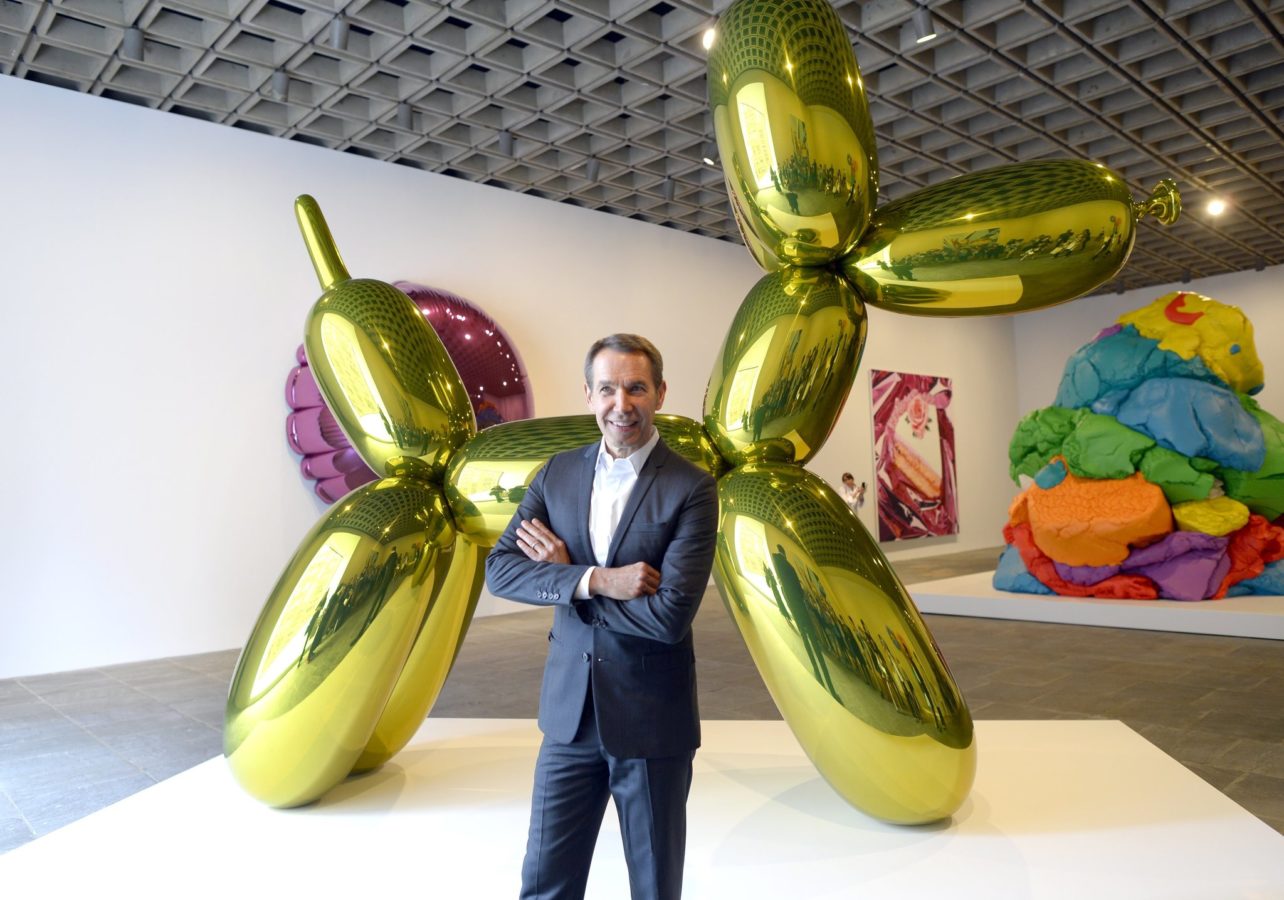NYU defines contemporary art as simply "the art of today, produced by artists who are living in the twenty-first century." However, they go on to explain that contemporary art "defies easy definition" since it encompasses such a wide variety of mediums, methods, and subject matter. They describe contemporary art as more of a conversation between the artist and their environment, taking into account cultures, modern day issues, and the different roles people play in our advancing world. I personally don't believe contemporary art needs a specific definition since narrowing it down like that would go against what contemporary art stands for in the first place: an endlessly diverse reservoir of art created in today's world. Even though in the future it might become known as the art of our time period, right now part of contemporary art's appeal is it's all encompassing nature.
One of the more controversial contemporary artists is Jeff Koons. Jeff Koons is an extremely rich artist, but he is known for not actually making his art himself. Instead, he hires other artists to make his ideas into a concrete piece of art. One of his most famous pieces is the "Balloon Dog."

A pink version was even displayed in Versailles, causing some people to become annoyed by the simplistic and "crude" aura that disrupted the grandeur of the palace. However, others appreciated the out-of-place balloon, praising the contrast between art in the 1600-1700s versus today. Whether or not people agree with Koons's methods or not, he is undeniably an influential force in contemporary art that makes people rethink the concepts of sculpture and their role in the past and present.
Another contemporary artist whose works I personally really enjoy is Tim Cantor. A few of his newer works can be seen below.

"Affinité"

"Promised Land"
What I really admire about Cantor's work is his ability to create supernatural scenes with very realistic elements. In addition, there appears to be a story behind each of his works, but there isn't one clear interpretation. That way, each viewer can decide for themselves what each of his paintings mean. Is the man in "Promised Land" ascending, descending, or not moving at all? Are the birds literal or metaphorical? These types of questions make each one of Cantor's works exciting to look at.
It is interesting to see how different contemporary artists go about making an impact on their audience. It's also wonderful to me that in the world of contemporary art there is no one defined or right way to do it. It depends on both the artist, viewer, and the environment. I hope by the end of the semester I will be able to find what about my works best impacts the viewer so that I can effectively convey my feelings through my art.
Works Cited:
Cantor, Tim. “Affinité - Tim Cantor.” Tim Cantor, www.timcantor.com/affinite-preview-editions.html
NYU. “Definitions - Art + Education - NYU Steinhardt.” NYU Steinhardt, 2018, steinhardt.nyu.edu/art/education/definitions.
Stanska, Zuzanna. “Jeff Koons And His Balloon Dogs.” DailyArtMagazine.com - Art History Stories, 13 Feb. 2018, www.dailyartmagazine.com/jeff-koons-balloon-dog/.
No comments:
Post a Comment